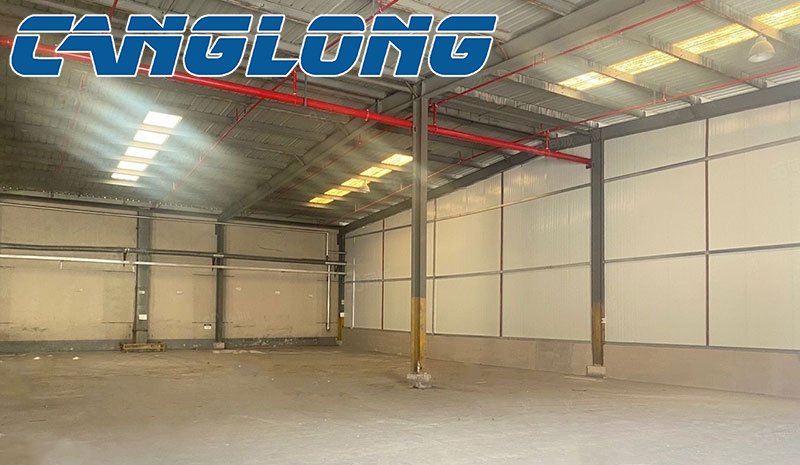How to build a refrigerated warehouse?
The demand for refrigerated warehouses has been increasing rapidly in recent years, especially due to the rise of e-commerce and online grocery shopping. If you are planning to build a refrigerated warehouse, there are several key factors you need to consider. This article will guide you through the process of building a high-quality, efficient and effective refrigerated warehouse.

Location and Design
The first step in building a refrigerated warehouse is choosing the right location. It is crucial to select a location that is easily accessible and easily reachable by transportation modes such as trucks, railways and ports. The location should also be in close proximity to your main customers and suppliers.
The design of the refrigerated warehouse is equally important. It should be designed to maximize space utilization and efficiency. The layout should be optimized for easy movement of products and personnel, and it should comply with local building codes and safety regulations.
Insulation and Cooling Systems
Insulation and cooling systems are critical components of a refrigerated warehouse. The insulation should meet or exceed industry standards to maintain the required temperature. The most common type of insulation used is polyurethane foam, which has a high insulation value and is resistant to moisture and mold.
The cooling system should be designed to provide consistent temperature control throughout the warehouse. The most popular cooling system used is a central refrigeration system, which circulates cooled air throughout the warehouse. It is important to ensure that the cooling system is easily maintained and its components are easily accessible.
Lighting
Lighting is a crucial factor to consider when building a refrigerated warehouse. The lighting should be energy-efficient and provide sufficient illumination throughout the facility. LED lights are a popular choice for their energy efficiency and long lifespan. Additionally, it is important to ensure that the lighting fixtures are sealed and waterproof to prevent condensation and moisture buildup.

Additionally, it is important to note that there are some common mistakes that businesses make when building refrigerated warehouses. One mistake is not considering the future growth of the business, leading to a warehouse that is too small and cannot accommodate future needs. Another mistake is not investing in high-quality insulation and cooling systems, which can lead to increased energy costs and potential spoilage of products.
To avoid these mistakes, it is important to work with experienced contractors and consultants who have a proven track record in building refrigerated warehouses. They can provide valuable insights and advice on the design, construction, and maintenance of the warehouse.
In conclusion, building a refrigerated warehouse is a considerable investment, but a necessary one for businesses involved in the storage and distribution of temperature-sensitive products. By taking into account all the factors outlined in this article, businesses can create a refrigerated warehouse that is efficient, effective, and meets the needs of their customers. It is critical to plan carefully, choose the right location, and work with experienced professionals to ensure the success of the project.





